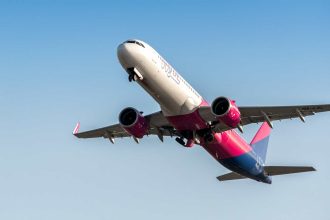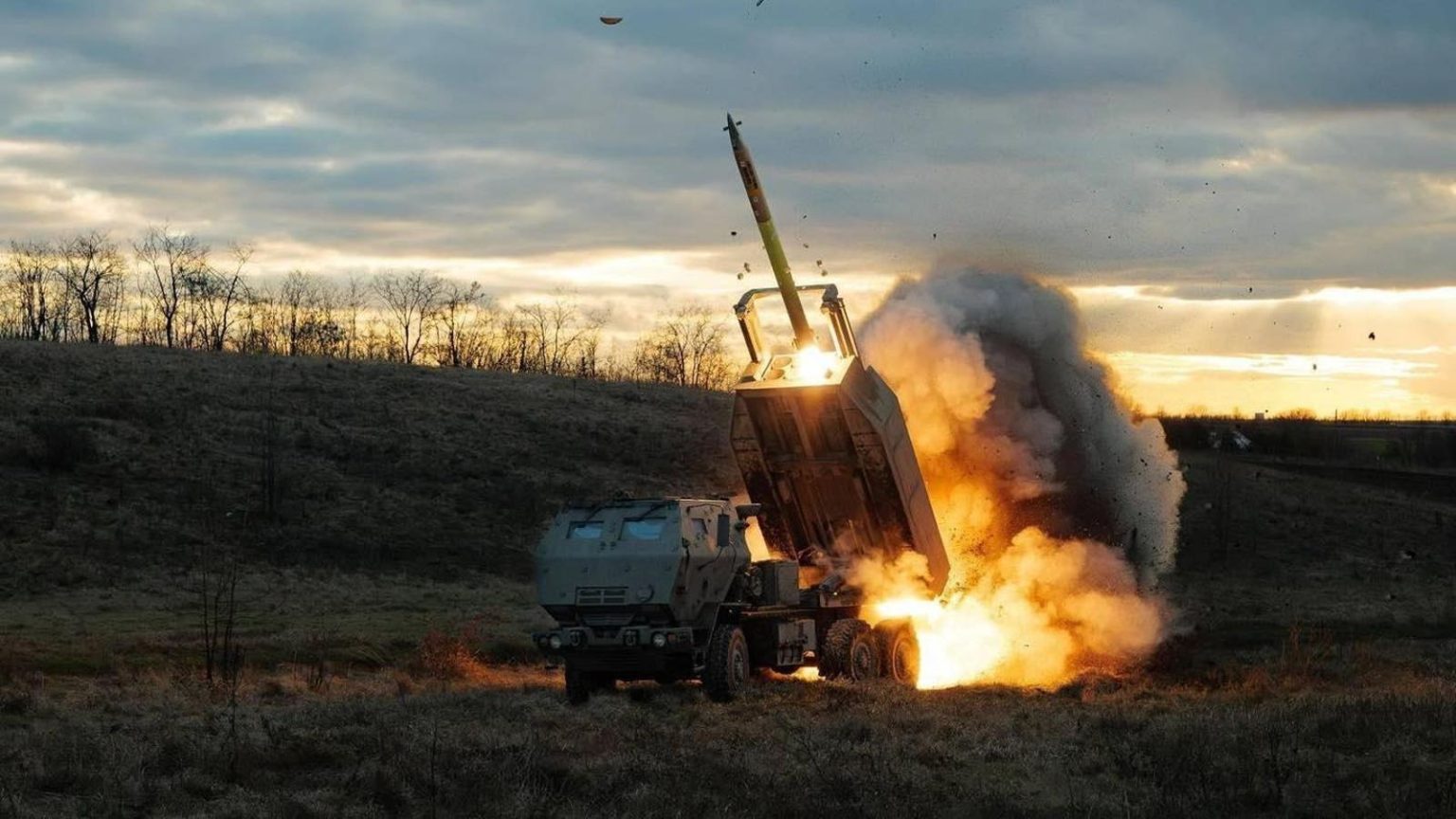For at least the fifth time in a little more than six months, Russian troops gathered out in the open for training or inspection within range of Ukraine’s American-made artillery rockets. And for at least the fifth time in a little more than six months, Ukrainian batteries hit the assembled Russians with rockets packed with hundreds of grenade-sized submunitions—inflicting awful carnage in an instant.
The most recent strike apparently took place this week, at what seems to be an outdoor shooting range just outside the Petrovskiy district of Donetsk, in eastern Ukraine 15 miles from the front line.
A video from the aftermath of the attack depicts at least a dozen dead Russian troops plus wrecked vehicles, strongly implying the Ukrainian rocket or rockets—likely GPS-guided M30/31s fired by wheeled High-Mobility Artillery Rocket Systems—rained down as the Russians were training.
It’s happened before—and in the same area. There’s a roughly 100-square-mile patch of Donetsk Oblast, south of Donetsk city, where there’s a high concentration of Russian troops—and a lot of lazy Russian commanders. Ukraine’s HIMARS have struck Russian training grounds in this area at least three times since February, killing around 100 people.
Two more Ukrainian rocket strikes in the same period—one each in southern and northeastern Ukraine—added at least another 150 trainees to the death toll.
How the Ukrainian army has pulled off these strikes is no secret. Drones are everywhere all the time, tens of miles in both directions along the 700-mile front line of Russia’s 30-month wider war on Ukraine. And all of Russian-occupied Ukraine is within the 57-mile range of the 650-pound M30/31 rocket or the 190-mile range of the 3,700-pound M39 rocket—the latter fired by Ukraine’s tracked M270 launchers.
Ever-present drones “are making it difficult to concentrate forces,” wrote Stacie Pettyjohn, a fellow at the Center for a New American Security in Washington, D.C. Guided rockets make those concentrations potentially fatal for the troops involved.
The risk cuts both ways, of course—and Russian rockets have occasionally struck Ukrainian trainees, too. But Russia has lost a lot more troops than Ukraine has. As many as 728,000 Russian soldiers have been killed, wounded or captured in Ukraine, The Economist reported in July, citing leaked Pentagon documents.
Ukrainian Pres. Volodymyr Zelensky said 31,000 Ukrainian soldiers died in the first two years of the wider war through February this year—a number that surely is many thousands greater seven months later. There are typically four wounded soldiers for every dead soldier, implying Ukraine’s total casualties were at least 150,000 as of February, and are closer to 200,000 today.
Even taking into account Russia’s greater population—144 million Russians versus 38 million Ukrainians—extreme losses are having a disproportionately corrosive effect on the Russian armed forces, however. The Kremlin is mobilizing 30,000 fresh troops a month just to replace battlefield casualties—and speeding these new recruits through training in order to get them to the front faster.
Discipline and competence are slipping. “The Russian armed forces in Ukraine have extremely limited capabilities for conducting maneuver warfare due to both the loss of mobility assets and the lack of training among headquarters and troops,” the Ukrainian Center for Defense Strategies explained.
That same lack of training also helps to explain why the Russians continue to gather in large numbers within range of Ukraine’s deadliest rockets—and then get killed by those rockets.
Read the full article here





